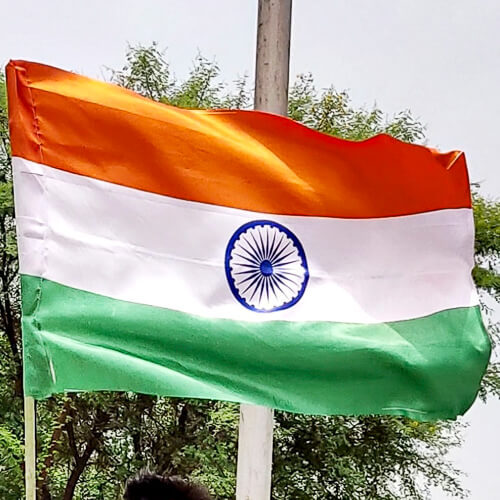India is trying to rework the policies around submarine cable networks to boost the country’s digital economy.

Submarine capacity in India has soared in recent years, rising from 9,137 to 83,000 Gbit/s between 2016 and 2022, according to data compiled by the Telecom Regulatory Authority of India. Today, some 17 submarine cables are managed from 14 cable landing stations located mainly in Mumbai and Chennai. Yet, despite the astonishing rate of growth, concern is growing that India will not have enough capacity to cope with spiraling data usage.
While submarine capacity is up, the number of data centers in India is also rising sharply. More than 45 new ones, with total power of 1,015 megawatts, are expected to appear before the end of 2025, according to a report from Anarock-Binswanger. In a separate report, JLL India predicted that data center power will increase from 636 megawatts in the first half of 2022 to 1,318 megawatts in 2025.
Indian authorities worry about not only the lack of submarine capacity but also the concentration of landing stations in a couple of cities. More routes and landing-station options would provide redundancy. The Telecom Regulatory Authority of India (TRAI) recently produced a consultation paper on the licensing framework and regulatory mechanisms for submarine cable landing, underscoring the importance of the issue.
Figure 1:  Subsea cables have become a hot topic in India's telecom market.
Subsea cables have become a hot topic in India's telecom market.
(Source: Sybille Reuter / Alamy Stock Photo)
A fundamental question is whether the sector should be opened to players that do not have international long distance (ILD) licenses. Under existing policy, an ILD license is required to lay submarine cables and set up a cable landing station (CLS). This includes submarine cables and fiber pairs for private use. ILD licenses are also needed to operate and maintain subsea equipment.
Foreign entities, meanwhile, must partner with ILD license holders to lay, operate and maintain submarine cables. In simple terms, consortia have little choice but to work with a few players holding ILD licenses in India to bring submarine cables to the country. Essentially, this means that the submarine cable network and the CLS network are controlled by a few players.
Another issue the consultation paper raises is whether the ILD operators should own some percentage of the submarine cable system for laying cable in Indian territorial waters. If this were included in the new regulations, it would mean that landing partners and organizations with ILD licenses would have to invest significantly to bring a submarine network to India. This could affect the number of submarine cables arriving in India, and have an impact on India's growing digital ecosystem.
Authorities have, moreover, asked for input on stub cables. "The stub cable is a new concept and innovative concept of placing pre-laid 'dark fiber' from the CLS through Beach Manhole (BMH) into the territorial waters as an ab-initio infra-arrangement for future submarine projects," says the consultation paper. This, the TRAI paper says, will shorten project length and reduce cost.
New cables and locations
Various submarine cables are set to land in India during the next few years, including 2Africa Pearls, SEA-ME-WE-6, India-Asia-Xpress (IAX), India Europe Xpress (IEX) and Trans Europe Asia System (TEAS). Bharti Airtel is bringing 2Africa Pearl and SEA-ME-WE-6 to India, while Reliance Jio is investing in IAX and IEX. TEAS, meanwhile, counts I Squared-backed Lightstorm as a provider. These new cables should ensure that new routes connect different regions, making the network more redundant.
India has additionally launched a 2,300-kilometer submarine cable connecting the Andaman and Nicobar Islands to the Indian mainland. The government has also approved the Kochi-Lakshadweep Island cable project to provide connectivity between Kochi in south India and 11 islands of Lakshadweep.
These two cables are important because the Andaman and Nicobar Islands and Lakshadweep largely remain cut off from mainland India. They would allow the government to provide services through digital platforms besides creating opportunities for people in the digital economy. The consultation paper also mentions developing the domestic subsea network by laying cables to connect different Indian coastal cities, which as of now comes under the purview of a national long distance (NLD) license.
With its long coastline, India appears to be a perfect location for additional CLS connecting east and west. A specific government aim is to add new locations for CLS and thereby reduce dependency on Mumbai and Chennai. New sites for CLS are coming up in Gujarat in western India and Digha in the east. Policy decisions resulting from this consultation paper could prove critical.
Related posts:
— Gagandeep Kaur, contributing editor, special to Light Reading
Read more about:
AsiaAbout the Author(s)
You May Also Like











